UV Transmission
sheilabb
14 years ago
Related Stories
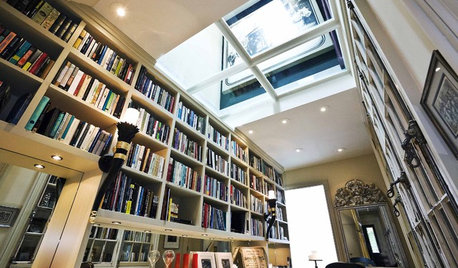
MORE ROOMSBeautiful Modern Home Libraries
Strong Lines Make a Statement in the Reading Room
Full Story
LIGHTINGHouse Hunting? Look Carefully at the Light
Consider windows, skylights and the sun in any potential home, lest you end up facing down the dark
Full Story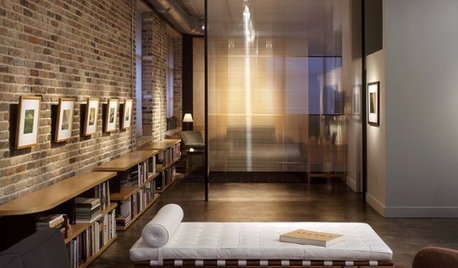
MATERIALSMaterials Workshop: Polycarbonate — a Low-Cost Alternative to Glass
Looking for something lighter, stronger and less expensive than glass? Multiwall polycarbonate may be a good option
Full Story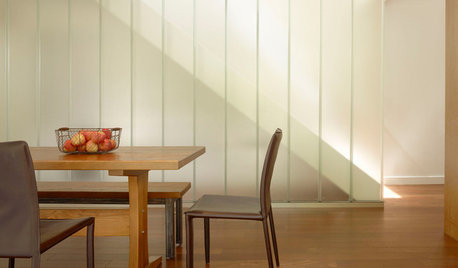
THE ART OF ARCHITECTUREMaterials Workshop: Channel Glass Finds Its Groove in Homes
The commerical world already knew its benefits. Now channel glass is bringing diffused daylight, privacy and more to residences
Full Story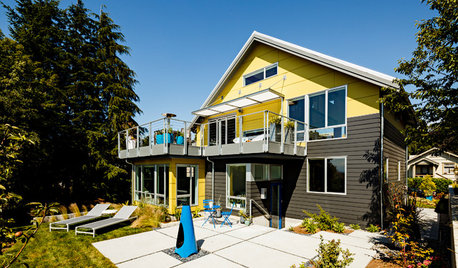
GREEN BUILDING5 Common-Sense Ways to Get a Greener Home Design
You don't need fancy systems or elaborate schemes to make your home energy efficient and sustainable. You just need to choose wisely
Full Story
GREEN BUILDINGHouzz Tour: Going Completely Off the Grid in Nova Scotia
Powered by sunshine and built with salvaged materials, this Canadian home is an experiment for green building practices
Full Story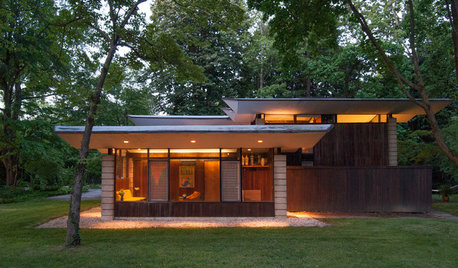
HOUZZ TOURSMy Houzz: A Paean to the 1950s and '60s in Pennsylvania
With vintage furniture, a sunken den and pristine original details, this home is a true homage to midcentury style
Full Story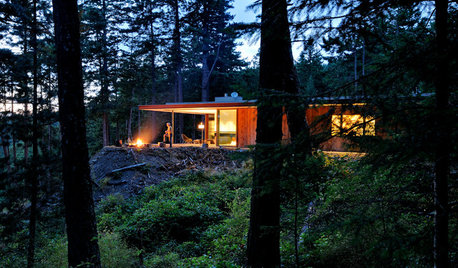
HOUZZ TOURSHouzz Tour: Just What Mom Wanted, Off the Washington Coast
With an art studio, age-in-place features and a view-maximizing design, this home shows just how well the architect knows his client
Full Story
URBAN GARDENS9 Urban Gardening Tips From Hong Kong Rooftops
Create a refuge from city chaos with these ideas gathered from rooftops as practical as they are picturesque
Full Story





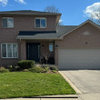
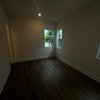
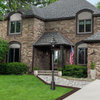
Windows on Washington Ltd
sheilabbOriginal Author
Related Professionals
St. Louis Window Contractors · Mount Vernon Window Contractors · Mokena Window Contractors · Opa Locka Window Contractors · Palm River-Clair Mel Window Contractors · Aberdeen General Contractors · Berkeley General Contractors · Fridley General Contractors · Mansfield General Contractors · Merritt Island General Contractors · Mount Vernon General Contractors · Rock Island General Contractors · Sulphur General Contractors · West Melbourne General Contractors · Margate CarpentersWindows on Washington Ltd
sheilabbOriginal Author
Windows on Washington Ltd
mcsbldr
mcsbldr
Windows on Washington Ltd
mcsbldr
Windows on Washington Ltd